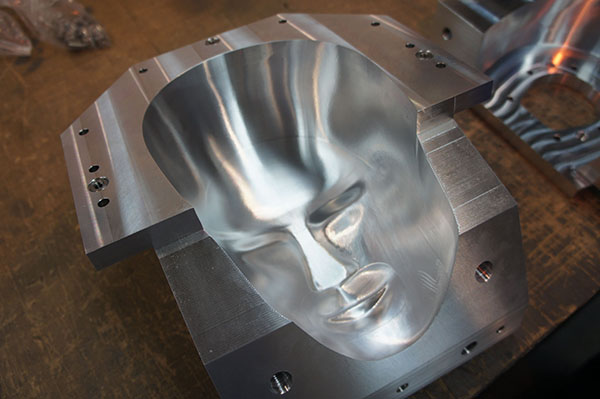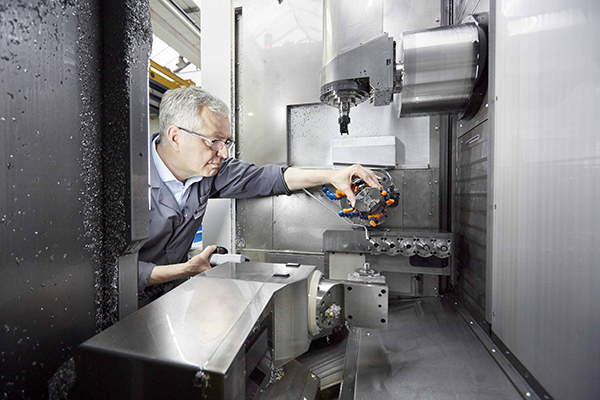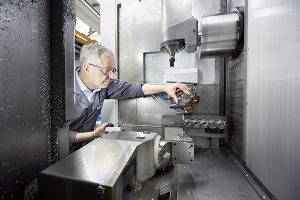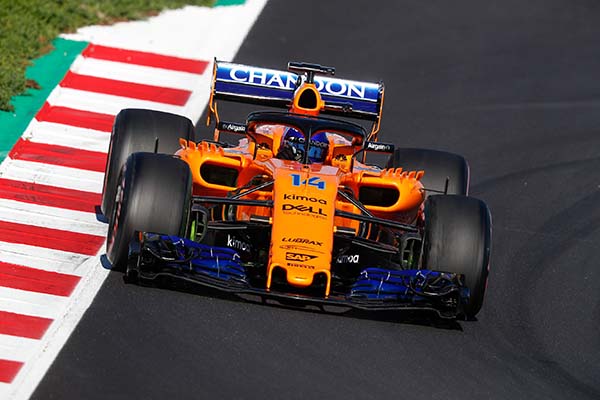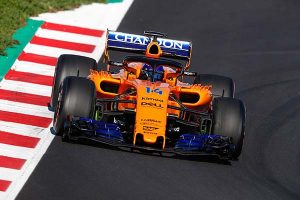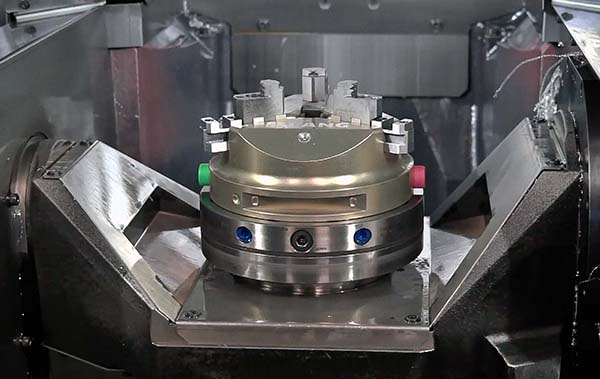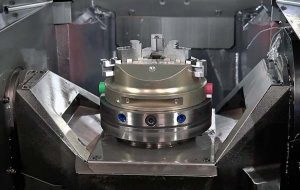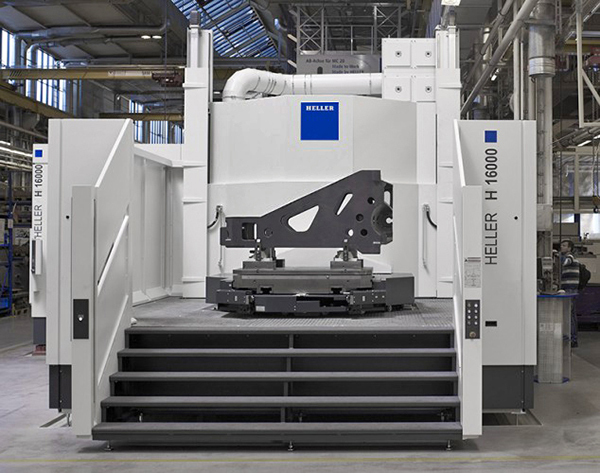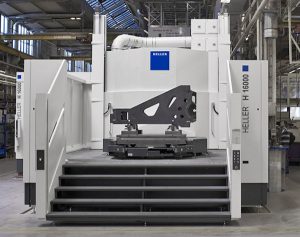Huntingdon-based Encocam has invested in two Mikron HEM 700U five-axis machining centres from GF Machining Solutions. The machines have been installed at Stonehill Engineering, one of Encocam’s eight divisions, and are being used to machine a diverse range of precision components and mould tools for the company’s internal and external customers.
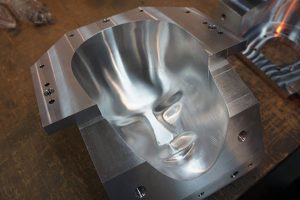
Since being installed, the majority of work undertaken on both Mikron machining centres has involved the machining of precision parts for Encocam’s largest division, Cellbond, which develops, manufactures and supplies passive safety testing products and equipment to the global automotive market.
In 2012 Cellbond moved into the anthropomorphic test device (ATD) sector, designing and manufacturing crash test dummies. Complex and technically sophisticated, Cellbond’s ATD products are made from hundreds of precision machined or moulded parts which undergo rigorous inspection and testing prior to (and post) assembly. All machined parts are produced in-house from a range of different materials that include aluminium, steel, bronze and plastics.
In addition to machined parts, Cellbond’s crash test dummies also include a number of plastic and rubber moulded components that are produced from mould tools. These tools are also designed and manufactured in house.
Says David Sheahan, Encocam’s purchasing and supply manager: “We understand the strengths of five-axis machining and how the technology can be used to machine complex shapes in one set-up and reduce part cycle times, as well as how the technology helps improve component accuracies and surface finishes.
“We have a good relationship with GF Machining Solutions,” he adds. “As well as their state-of-the-art machine tool technologies we, from experience, appreciate and value their after-sales services and support, which we believe is second to none.”
For further information www.gfms.com/uk






